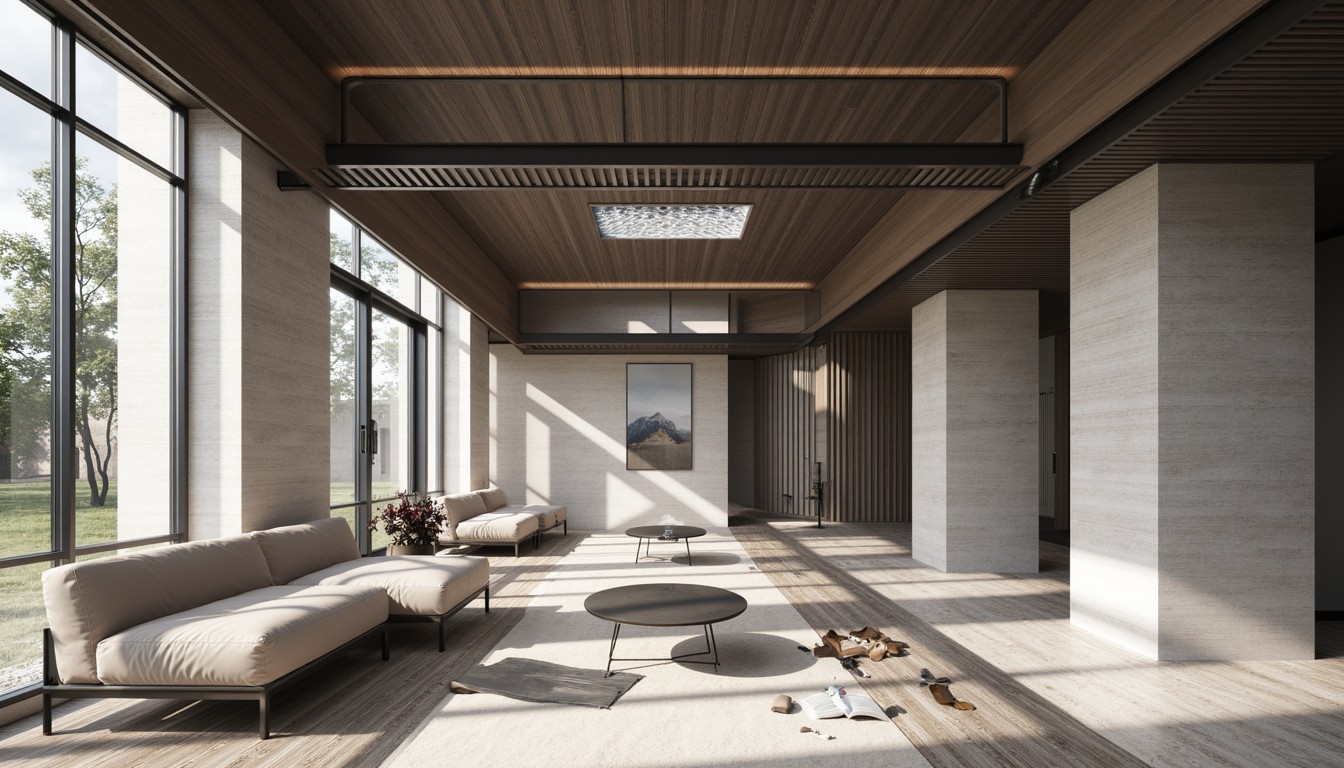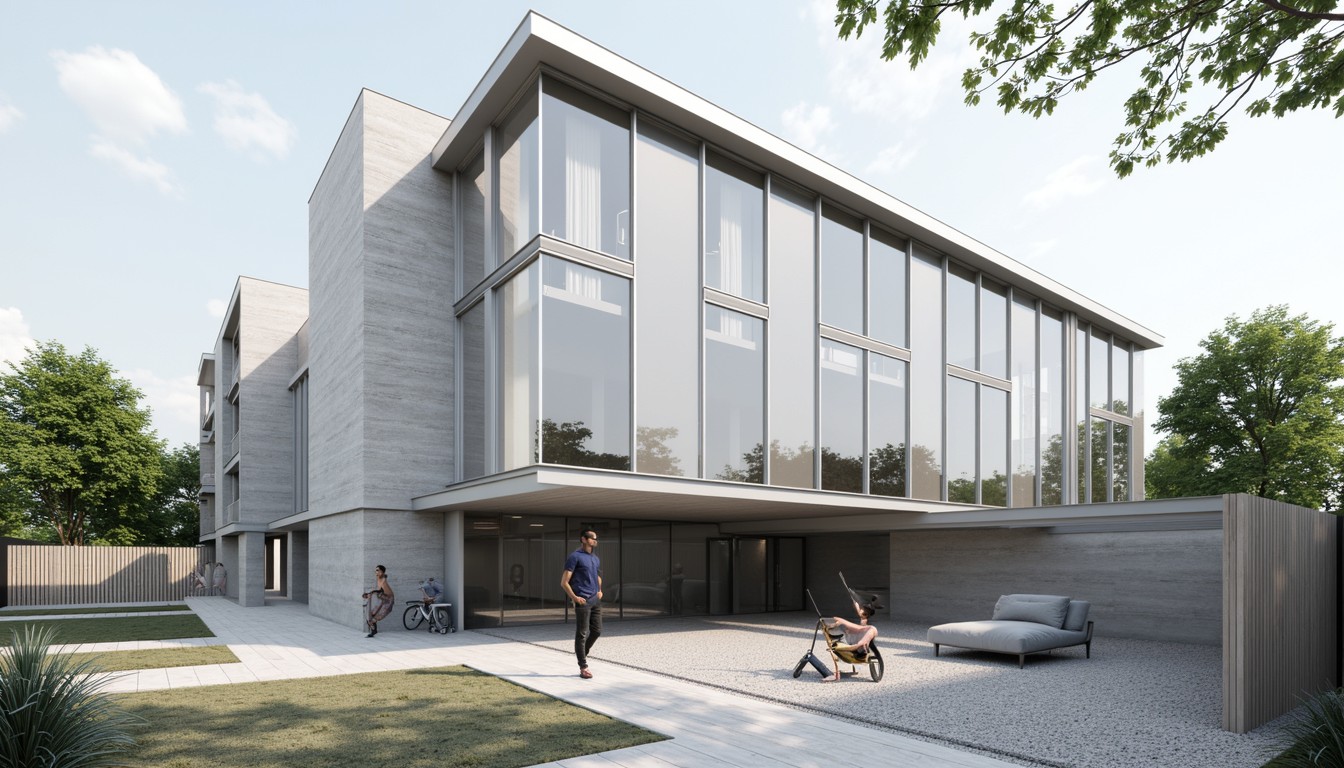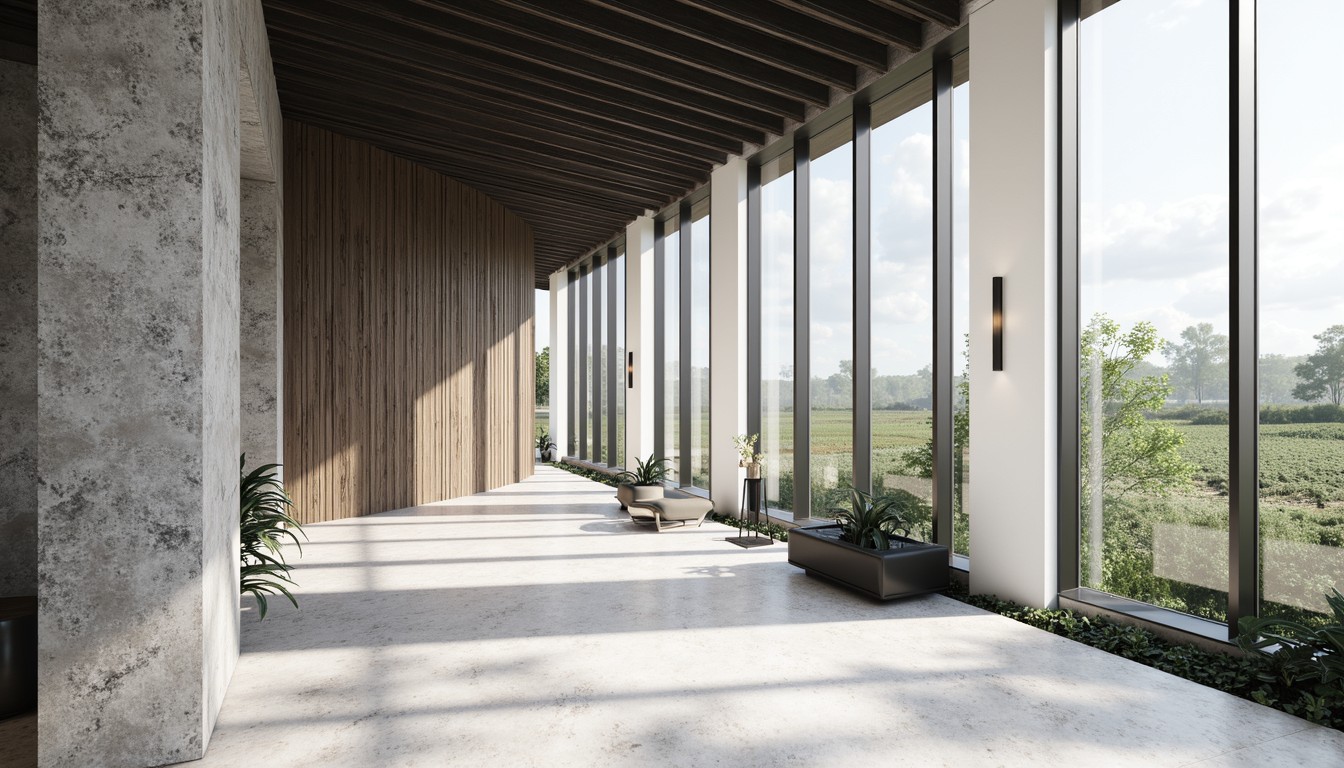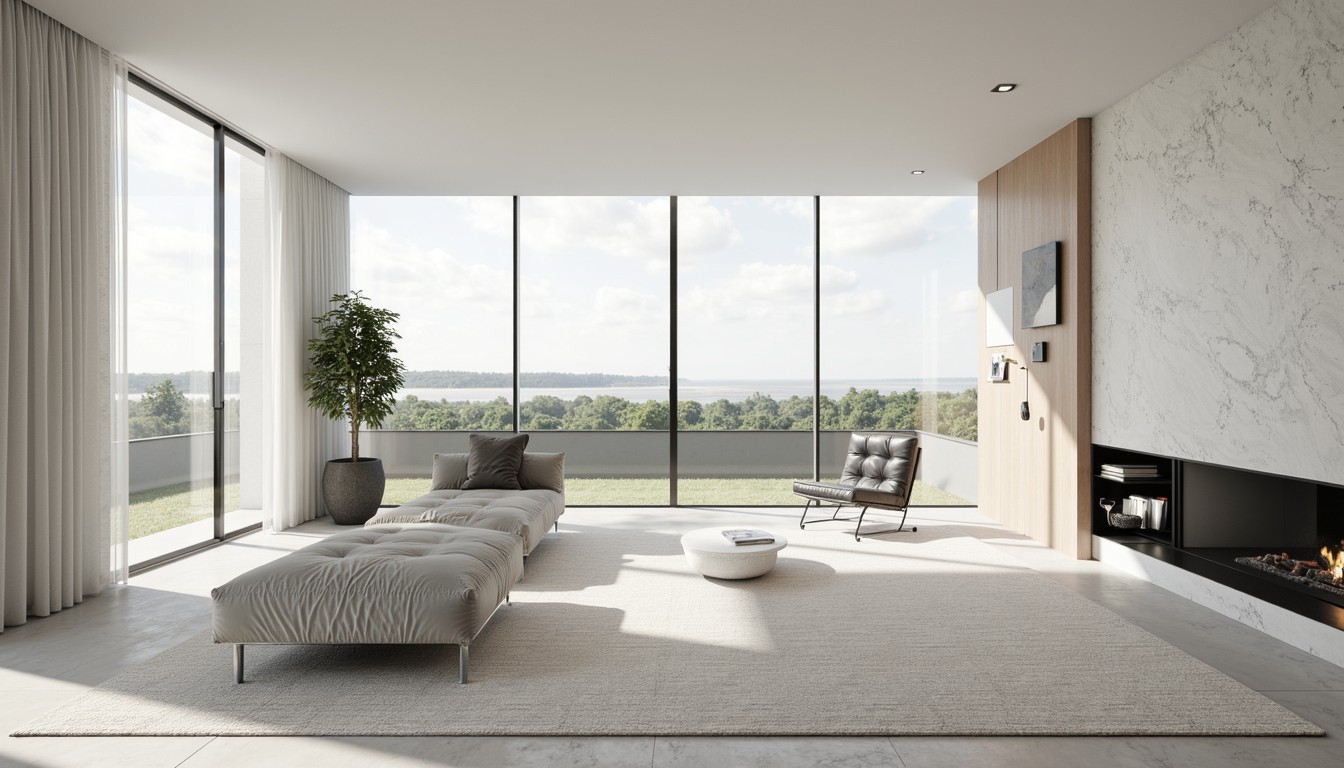3D Printing in Construction: Building the Future
The construction industry, often slow to adopt new technologies, is experiencing a seismic shift with the rapid advancement of 3D printing. No longer a futuristic fantasy, additive manufacturing is proving its worth in building homes, infrastructure, and even entire communities. This revolutionary technology offers significant advantages in speed, cost-effectiveness, sustainability, and design flexibility, paving the way for a future of construction that is faster, cheaper, and more environmentally friendly.
The Technology Behind 3D Construction Printing

3D printing in construction, also known as additive manufacturing, utilizes various techniques to deposit materials layer by layer, creating three-dimensional structures based on digital designs. Common methods include:
- Extrusion-based 3D printing: This involves a nozzle extruding a binding agent mixed with a construction material like concrete or a specialized polymer. This method is suitable for creating complex shapes and walls.
- Binder jetting: This technique uses a print head to deposit a binding agent onto a bed of powder material (like cement or sand), selectively bonding the particles to create the desired structure. This approach is often used for larger-scale projects.
- Material extrusion: Similar to Fused Deposition Modeling (FDM) used in desktop 3D printing, this process uses a heated nozzle to melt and extrude thermoplastic materials, creating intricate designs and often used for smaller-scale construction elements or prototypes.
The choice of technique depends on factors like the scale of the project, the required material properties, and the desired level of detail.
Advantages of 3D Printing in Construction

The benefits of incorporating 3D printing into construction are numerous and impactful:
Faster Construction Times
3D printing significantly reduces construction time. Instead of traditional methods involving manual labor and multiple stages, the automated process of layer-by-layer deposition drastically accelerates the building process. This translates to faster project completion and quicker occupancy.
Reduced Labor Costs
While skilled technicians are needed to operate and maintain the 3D printing equipment, the automation reduces the need for a large, on-site workforce. This leads to substantial cost savings compared to traditional construction methods that rely heavily on manual labor.
Increased Design Flexibility
3D printing empowers architects and designers to create complex and intricate designs that were previously impossible or prohibitively expensive to build using conventional methods. Organic shapes, customized features, and personalized elements can be seamlessly integrated into the design process, pushing the boundaries of architectural creativity.
Sustainable Construction Practices
3D printing promotes sustainable construction through optimized material usage and reduced waste. Precise layer deposition minimizes material waste compared to traditional methods where significant amounts of materials are often discarded. Furthermore, the use of recycled and sustainable materials in the printing process can further enhance environmental friendliness.
Improved Safety
By automating many of the hazardous tasks involved in traditional construction, 3D printing improves worker safety. Reducing the need for manual labor on-site minimizes risks associated with falls, heavy lifting, and other construction-related accidents.
Real-World Applications of 3D Printed Construction
The applications of 3D printing in construction are expanding rapidly. From small-scale projects to large-scale infrastructure, this technology is making a significant impact:
- Residential Housing: 3D-printed homes are becoming increasingly common, offering affordable and sustainable housing solutions.
- Infrastructure Projects: Bridges, retaining walls, and other infrastructure elements can be 3D printed on-site, reducing construction time and costs.
- Architectural Prototypes: Architects utilize 3D printing to create accurate scaled models for visualization and client presentations.
- Disaster Relief: The speed and efficiency of 3D printing make it ideal for creating temporary shelters and essential structures in disaster-stricken areas.
Challenges and Future Trends

Despite its numerous advantages, 3D printing in construction faces some challenges:
- Material limitations: The range of printable materials is still evolving. Research is ongoing to expand the variety of materials and their properties.
- Scale and cost of equipment: Large-scale 3D printers can be expensive to purchase and maintain.
- Regulatory hurdles: Building codes and regulations need to adapt to accommodate the unique aspects of 3D-printed structures.
However, ongoing research and development are addressing these challenges. Future trends include the development of new materials, improved printing technologies, and the integration of automation and AI to further optimize the construction process. We can expect to see even greater adoption and innovation in the years to come.
ArchNav: Your Partner in Visualizing the Future of Construction
At ArchNav, we understand the transformative power of 3D printing in construction. We leverage cutting-edge visualization techniques to help architects, engineers, and construction companies visualize and plan their 3D-printed projects. Our high-quality renderings and virtual reality experiences provide clients with a comprehensive understanding of the design, materials, and final product, enabling informed decision-making and successful project execution. Contact ArchNav today to explore how our expertise can help you build the future.
